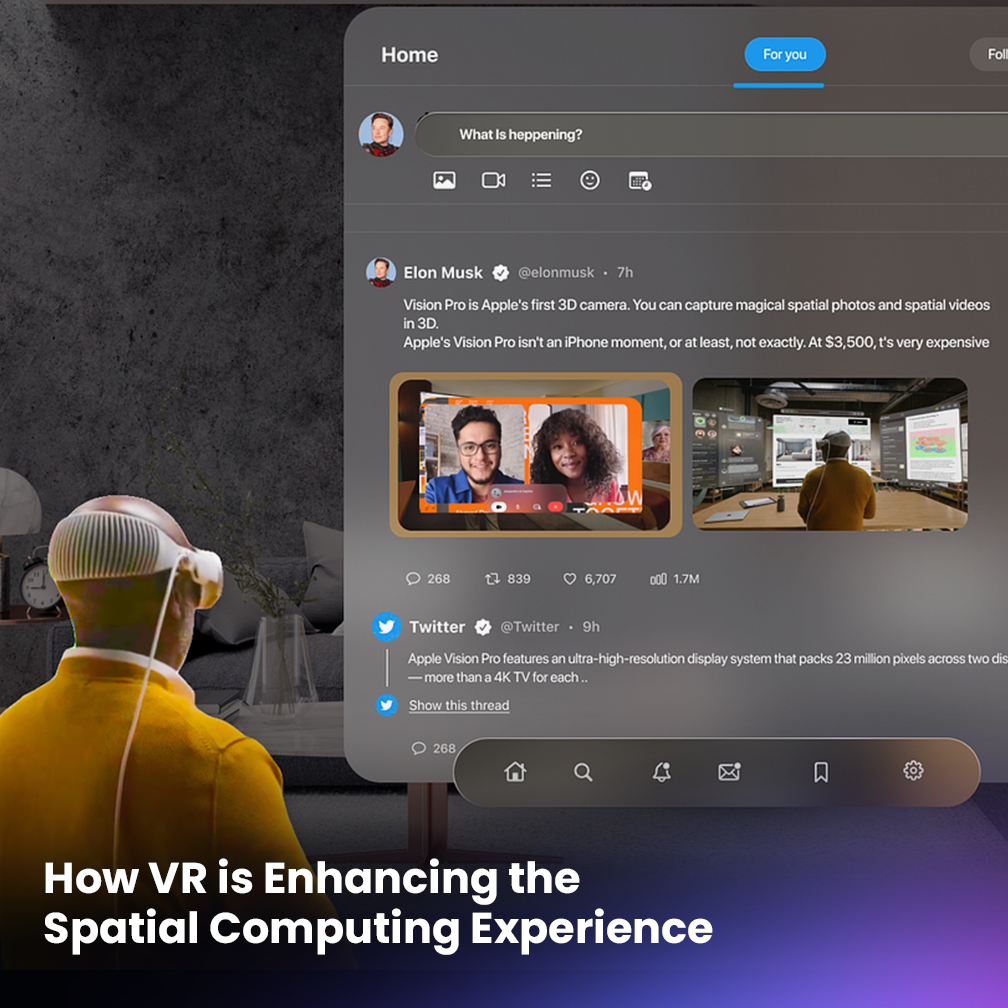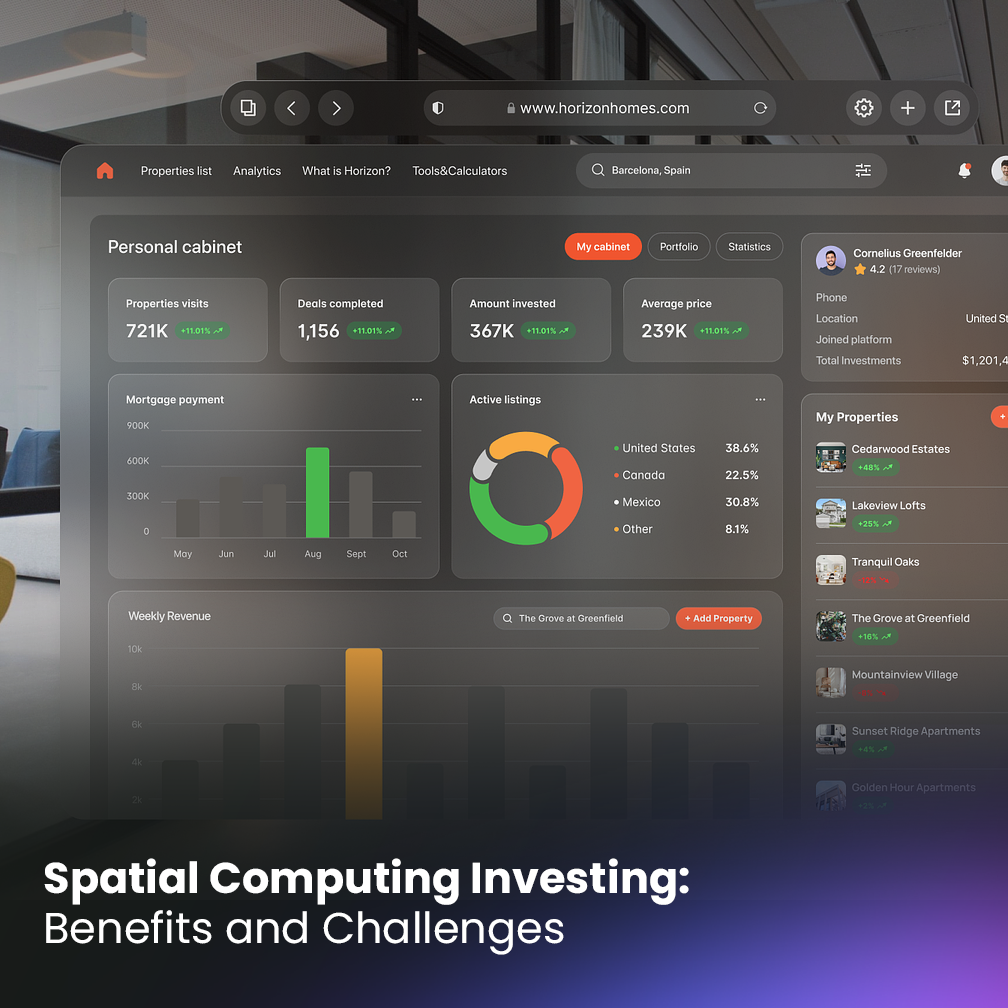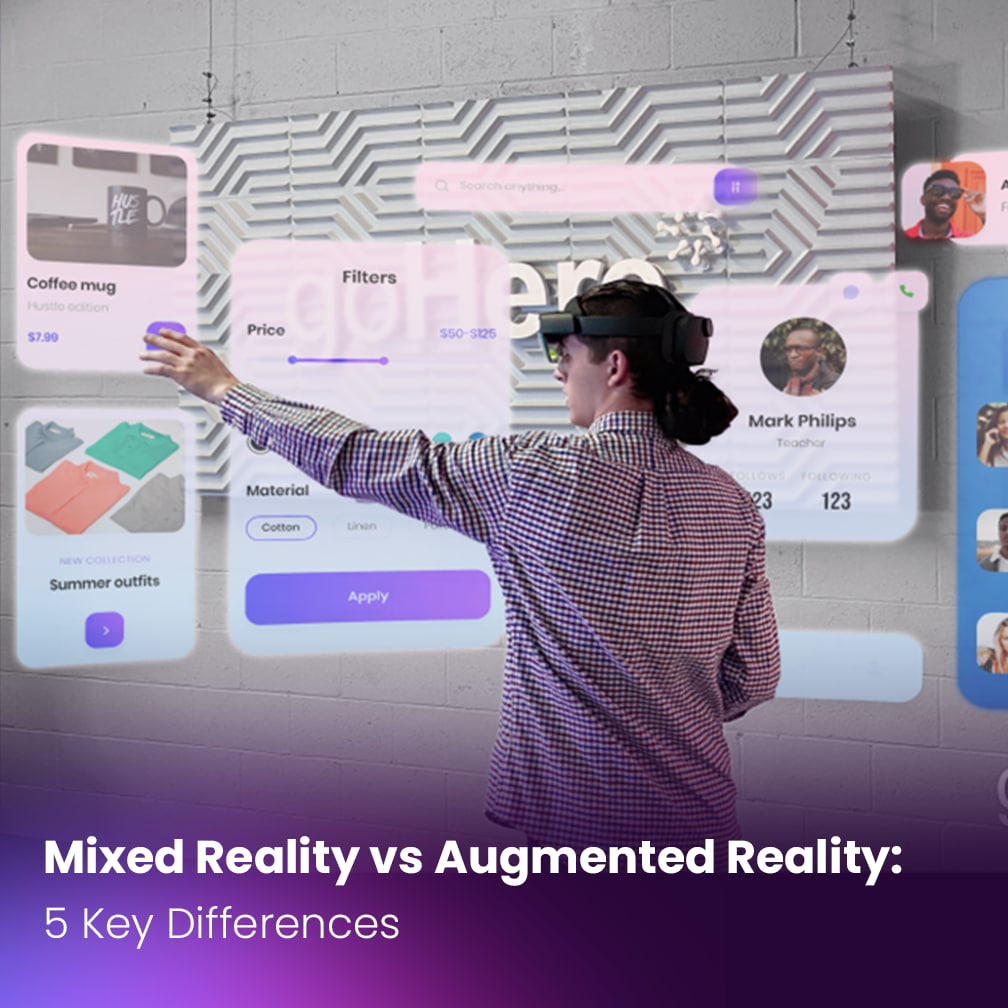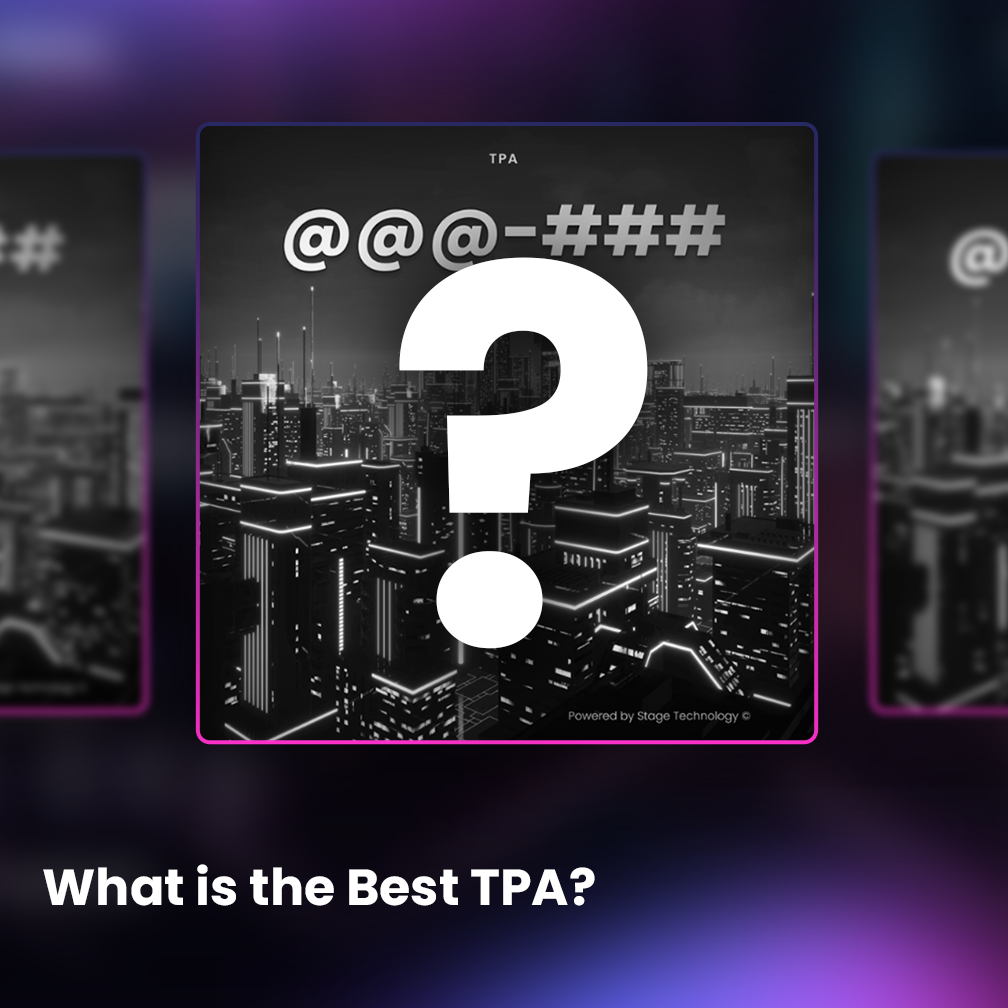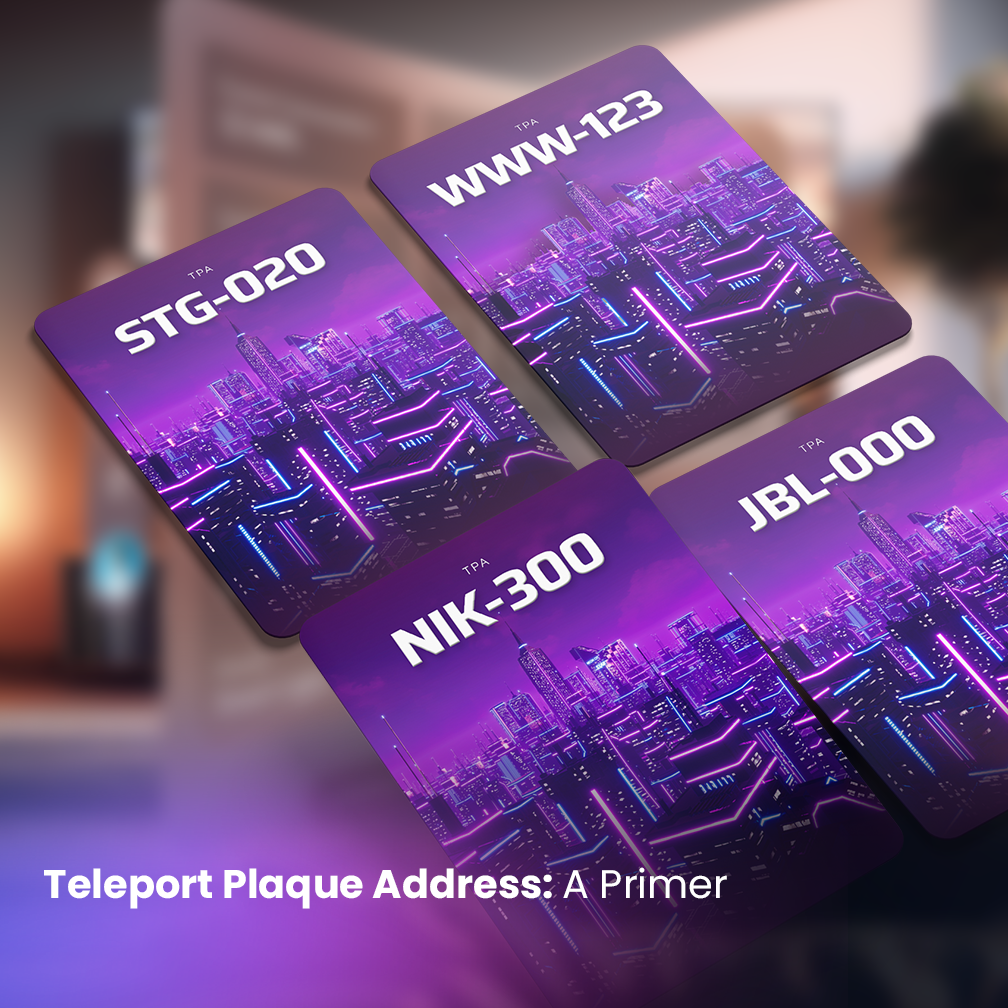
The time has come for us to take a deep look at Stage Meta’s most important product: Teleport Plaque Address.
This bleeding-edge technology is unlike anything we have seen before, and it is the solution that will unify Spatial Computing platforms. As a protocol, Teleport Plaque Address is by far the best possible solution to Spatial Computing’s addressing and navigation issues.
If you’re unfamiliar with the Spatial Computing’s addressing issue, it basically originates from the lack of a shared protocol when they give an address to a location in their maps.
On the current internet, we use the HTTP and URL protocols to name, address and navigate to all the different webpages, with the host company or servers not being an issue to our seamless navigation. But Spatial Computing doesn’t have that.
Each existing Spatial platform has its own internal protocol to give its sub-partitions -known as parcels- addresses, and it usually involves the complete map and the coordinates of the parcel on it. What this causes is a complete inability to unify all these separate virtual worlds into one.
For example, if parcel Dogs is on Platform A, its address is the coordinates in Platform A’s maps, say 20.8-190.2. But in another Platform, Platform B, parcel Cats is given the same coordinates (20.8-190.2) in the other Platform map. So, which parcel, Dogs or Cats, gets to keep the same address?
Teleport Plaque Address puts an end to this confusion.
The other issue is how difficult it is for users to jump to a location they want to visit, given that they currently have to memorize the coordinates, and these have no way to display the purpose of the location they’re accessing, lending them confusing for the users. Using coordinates to address these locations also causes the inability for individuals and companies to maintain their online branding when migrating to Spatial Computing.
Teleport Plaque Address is a very ingenious technology that solves both of these problems, as it acts both as an address and an access point, making them a two-in-one response to these issues and keeping Spatial platforms from unifying.
Let’s learn more about the Teleport Plaque Address.
What is the Teleport Plaque Address?
Teleport Plaque Address, or TPA, is a Unique Address for the Spatial Computing Era. This license serves as a bonding Smart Contract between the owner of the TPA and Stage Meta, and it allows the TPA Owner to activate their TPA to display any online business.
They are a six-character token, a combination of three consecutive letters and three consecutive numbers (for example, STG-314), that are visually represented by an image of the combination or plaque. When it comes to scalability, math is in their favor. With 26 letters in the English dictionary and ten single-digit numbers, 26x26x26x10x10x10, a total of 17,576,000 unique combinations are possible.
When the TPA is activated, the six characters become the address for the users, while the coordinates are carried over as metadata.
For developers, it’s easier to create immersive virtual spaces because Teleport Plaque Address can carry a lot of metadata, from unique immersive experiences to distinctive avatars to interior design information such as lighting and soundscapes, among others.
To visit an active TPA, simply introduce the three letters and three numbers to be teleported instantaneously to it since it acts like the point of access.
Business Opportunities
Teleport Plaque Address owners have options for turning them into profit.
TPAs are a remarkably stable asset, with an intrinsic price that only depends on the amount of TPAs still left to mint. Also, Stage Meta plans to get existing Spatial platforms on board with the TPA protocol but also build its own: a deluxe virtual world devoted to business, both retail and services.
The way the value of the TPAs is calculated means their price can only go up, so sitting on a TPA after purchasing is a valid option. Waiting for them to gain more value and selling them later is a good strategy. It is especially good now when availability is at the highest it will ever be, and the price is the lowest it will ever be.
In the future, you can also rent your virtual real estate and make a profit that way.
The last way to make a profit as a Teleport Plaque Address owner is to utilize the Meta Energy System. Meta Energy is a term that represents the resources the Spatial platform will need to be built and function. The way the system works is through the process of Pinging. Meta Energy is delivered to the Owner’s decentralized wallet in Ethereum.
Purchasing a Teleport Plaque Address
Stage Meta is committed to keeping the purchase process as simple as possible for any user. To purchase your TPA:
- Visit Stage Meta’s Website.
- On this page, you will find the Automatic Minter Engine. Type the combination of letters and numbers you want as your code and click on “look up.”
- If the result is “Available,” click on “Buy now.” You can use your decentralized wallet, debit or credit card to complete the purchase.
On this screen, you will find a text box to send Meta Energy. Type the name of the TPA you want to Ping. Also, on your second TPA purchase, you can Ping yourself indefinitely. - You can see the TPA you just purchased in your Stage Meta Panel and under the “My TPA” section.
- If the result is “Minted,” there is a chance the code you want is still available in Stage Meta’s Collection in Open Sea, but it’s not certain.
With the Automatic Minter Engine, you don’t have to wait for the plaque to be manually minted; it is done instantaneously as soon as the purchase is completed.
Conclusion
Teleport Plaque Address is by far the most promising solution to Spatial Computing’s biggest obstacles to unification. With an Open API policy, Stage Meta expects other platforms to adopt this gateway soon, and TPA Owners will be at the forefront of the unification of Spatial Computing and will witness firsthand how the technology changes the way we interact with information, each other and the virtual world, forever.
